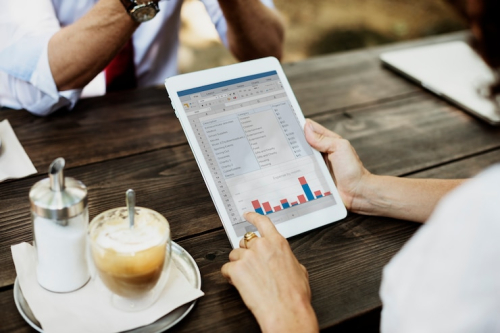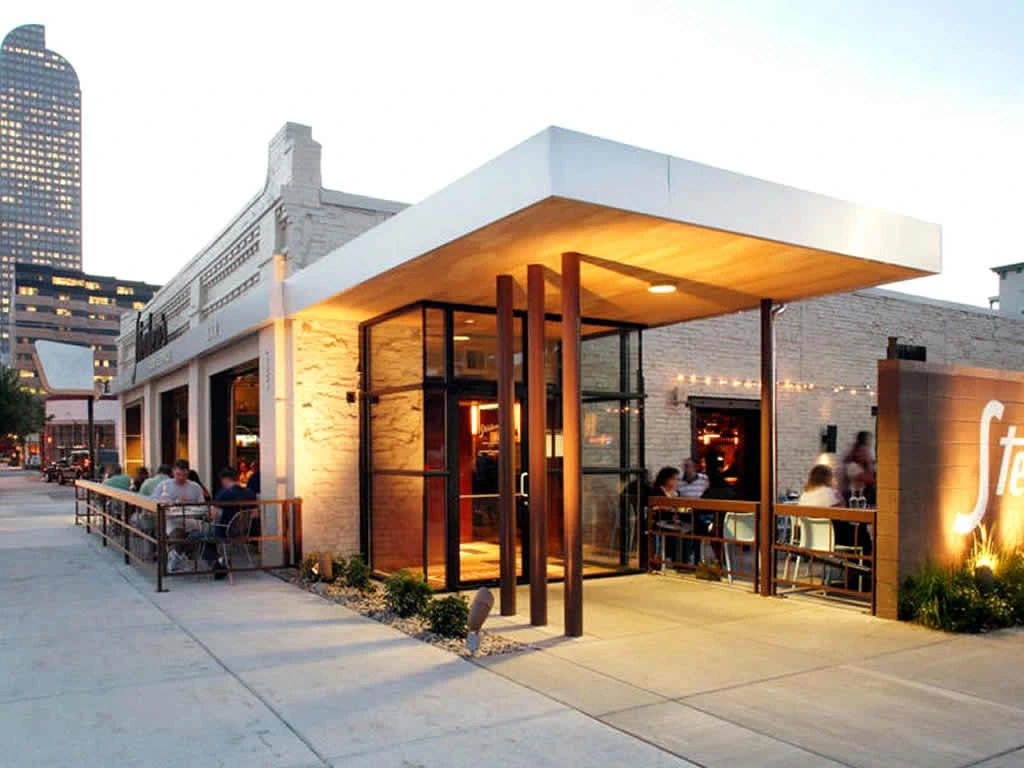Quick Listen:
During a recent visit to Kura Sushi in Philadelphia, I watched plates of salmon nigiri glide along a conveyor belt while a robot named Kur-B delivered drinks with mechanical precision. My children were captivated, laughing as they grabbed sodas from its tray. This futuristic dining experience, complete with touchscreen ordering and automated billing, hints at a broader transformation sweeping the restaurant industry. Beyond the spectacle of robotic servers, a quieter revolution is underway: analytics platforms are reshaping menu planning, making it smarter, more profitable, and remarkably aligned with customer desires.
The Rise of Data-Driven Menu Planning
Menu planning was once an intuitive craft, driven by a chef’s creativity, historical sales data, and educated guesses about customer preferences. Today, in an industry where margins are slim and competition is fierce, relying on instinct is no longer viable. Restaurants are awash in data sales trends, inventory levels, customer feedback and the most successful operators are leveraging restaurant management software to harness this information. These platforms, valued at $4.2 billion in 2022, are projected to reach $15.85 billion by 2031, growing at a robust 15.9% annually. Similarly, the restaurant analytics software market, worth $2.4 billion in 2023, is expected to climb to $6.7 billion by 2033 at a 10.9% growth rate. These figures underscore a seismic shift toward data-driven decision-making in the hospitality sector.
At its core, restaurant management software integrates essential administrative and promotional functions, streamlining tasks such as order management, payment processing, and daily reconciliation. These systems bolster data security to safeguard sensitive business information, optimize internal workflows, connect key stakeholders, and efficiently manage sales, labor, and inventory data. Meanwhile, analytics software delivers actionable insights into operations, customer preferences, financial performance, and marketing effectiveness, enabling restaurants to enhance profitability and elevate guest experiences.
A New Era of Precision
The days of sketching menu ideas on napkins are gone. Modern analytics platforms aggregate real-time data from point-of-sale (POS) systems, inventory records, and customer reviews, offering a comprehensive view of a restaurant’s performance. These tools go beyond tracking top-selling items; they uncover the reasons behind their success. For instance, is a premium dish popular because of its ingredients or because it’s paired with a promotional offer? Does a specific item perform better at certain times of day? Analytics dashboards provide clear answers, empowering operators to refine menus with pinpoint accuracy.
Cloud-based POS systems have accelerated this transformation. Unlike outdated cash registers, these platforms seamlessly integrate sales, labor, and inventory data into a unified interface. When paired with advanced analytics, restaurants can better understand demand patterns. A fast-casual chain might use these insights to assess a new menu item’s potential, while a fine-dining restaurant could analyze guest preferences to design a tailored tasting menu. This precision isn’t just about operational efficiency it’s about thriving in a market where customer expectations are higher than ever.
Tangible Benefits: Profitability and Personalization
The impact of analytics is measurable. Some chains have increased profit margins by identifying low-margin dishes that drain resources, allowing them to focus on more profitable items while maintaining customer satisfaction. In fine-dining settings, operators leverage guest analytics to craft personalized dining experiences, reducing waste and creating memorable moments. For example, a system might note a diner’s preferences, ensuring their next visit feels tailored.
Even quick-serve restaurants are seeing benefits. One chain found that optimizing its digital menu board layout increased sales of certain items. Testing different pricing or item placements, enabled by analytics, allows operators to achieve immediate results. These success stories highlight how data-driven menu planning can transform a restaurant’s bottom line while enhancing the guest experience.
Challenges in Adoption
Despite the benefits, implementing analytics platforms isn’t without hurdles. The effectiveness of these tools depends on the quality of the data they process. Disconnected systems such as a POS that doesn’t sync with inventory software can create inefficiencies and errors. Staff resistance is another barrier; employees accustomed to traditional methods may hesitate to adopt new technology without proper training. For smaller, independent restaurants, the upfront cost of a robust platform can seem daunting, even if the long-term return on investment is compelling.
Moreover, an overreliance on data can erode a restaurant’s unique character. Analytics might indicate that a specialty dish is underperforming, but it won’t capture the emotional connection customers have with it. Successful operators strike a balance, using data to inform decisions while preserving the intangibles ambiance, brand identity that define their establishments.
The Rewards of Smart Implementation
When executed well, analytics-driven menu planning delivers transformative results. Optimized menu engineering maximizes profits by promoting high-performing items and eliminating underperformers. Improved inventory management reduces food waste, benefiting both profitability and sustainability. Personalized offerings, such as recommending a dish based on a customer’s order history, create seamless, memorable experiences. In a competitive industry, the ability to make agile, data-informed decisions is a critical advantage.
The data supports this trend. Restaurants using analytics can pivot swiftly, whether adjusting a menu item or launching a targeted marketing campaign. As demand for personalized dining grows, these platforms are becoming essential for anticipating customer needs, delivering tailored experiences that keep diners coming back.
The Future of Menu Planning
Industry experts predict that analytics will soon be indispensable. Artificial intelligence is pushing the envelope further, with platforms exploring ways to optimize menus based on real-time data, such as ingredient costs and customer trends. Picture a system that suggests new menu items based on market conditions and diner preferences. This isn’t a distant vision it’s the near future.
For restaurants hesitant to adopt analytics, the path forward is straightforward: start small. Integrate a POS system with a basic analytics tool, train staff to leverage its insights, and act on the findings. The goal isn’t to replace human creativity but to enhance it. A chef’s vision, paired with data’s clarity, is a powerful combination.
Data’s Permanent Place at the Table
Back at Kura Sushi, as the conveyor belt hummed and my kids marveled at the robotic server, I reflected on the invisible technology driving this experience. Analytics platforms are doing for menu planning what robots are doing for service making restaurants faster, smarter, and more attuned to their customers. This isn’t just about number-crunching; it’s about redefining restaurant operations in 2025. For those ready to embrace it, the future of dining is not only profitable but also deliciously promising.
Key Insights
- Restaurant management software market: $4.2B (2022) to $15.85B (2031).
- Restaurant analytics market: $2.4B (2023) to $6.7B (2033).
- Analytics boost margins, reduce waste, and personalize experiences.
- AI-driven menu planning is the next frontier.
Disclaimer: The above helpful resources content contains personal opinions and experiences. The information provided is for general knowledge and does not constitute professional advice.
You may also be interested in: Top Pizza POS Systems 2025: Pros and Cons
Scattered systems and manual processes erode your restaurant’s margins daily. Milagro unifies POS, digital menus, online ordering, staffing, loyalty, and AI-powered marketing into one platform, slashing costs and enhancing guest loyalty. Reclaim control over operations and drive revenue growth. Streamline your workflow and elevate profitability. Schedule your Milagro demo today!
Powered by flareAI.






